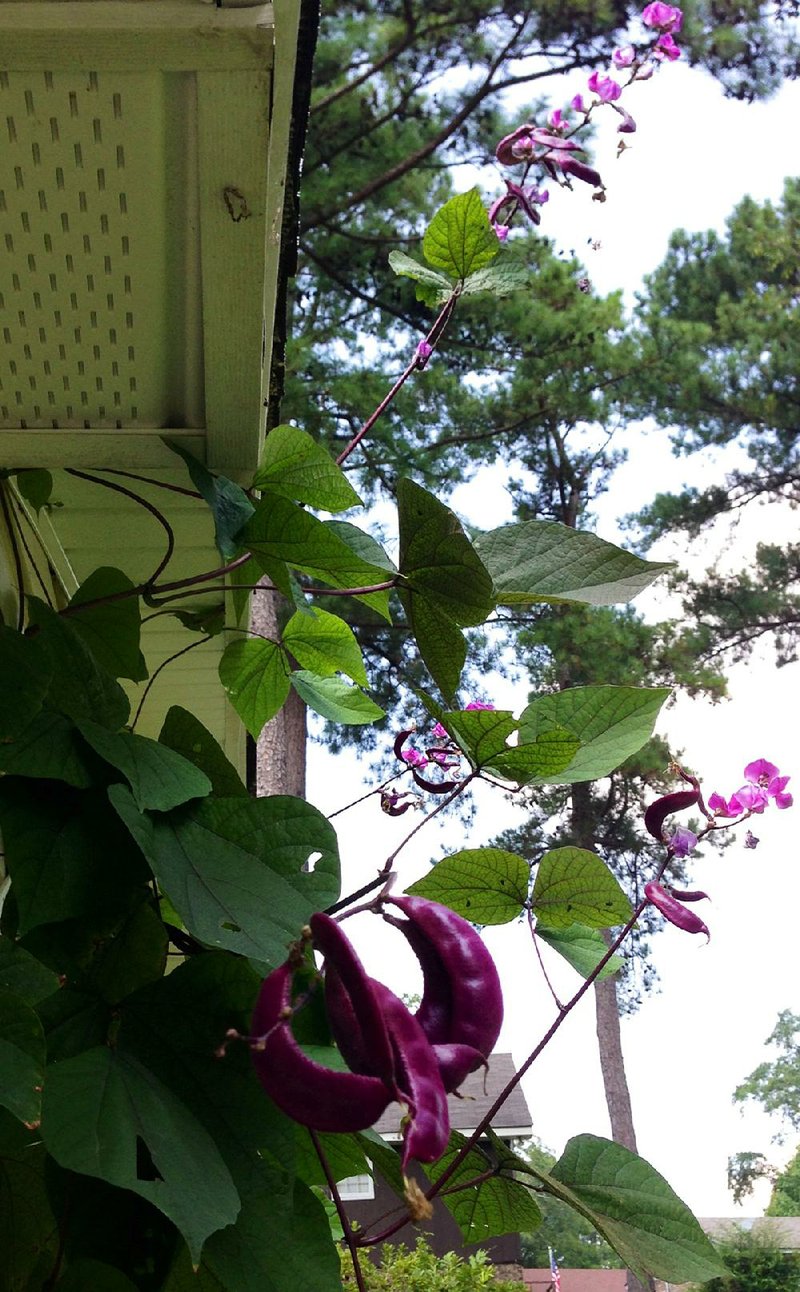Q I am a teacher and have an outdoor classroom for kids to study ecology at my school. After returning from summer break, I noticed a silver maple planted about five years ago had received some trunk damage at the base from a mower. The leaves were yellow and the tree looks like it may be dying. Is there anything I can do at this point to restore this tree?
A As much as I love trees, silver maple is not one of my favorites. It tends to be fast growing, but weak. It falls apart easily in storms. Right now, many trees are dropping leaves due to the late heat and dry conditions, so it may not be a lost cause, but I would plant a better tree this fall with your students - 10 to 15 feet away. Let them help you research some native Arkansas trees, and let it be a class project. When that new tree is established, take out the silver maple. For now, all you can do to help your maple is water.
Q I have a hedge of forsythia (probably more than 10 years old). It has big cane stalks that are making the plant bend over and out of shape. Would it be OK to prune the plants way back now?
A Forsythia blooms in the spring, so its flower buds are set.
If you prune it way back at this point, you will have no flowers next spring and a pretty barren plant to look at all winter. I would leave it alone for now and prune it hard immediately after bloom next spring. That way you get to enjoy the flowers, and the recovery of the plant will be much faster with new spring growth.
Prune out the canes at the soil line when you prune.
Q I planted a 3- to 4-yearold Pindo palm in late May. The specimen was beautiful. Before I planted, I augmented the soil with a mixture of humus, topsoil and sand. After planting, I made a berm from 40 pounds of compost to help with moisture retention, watered it in, broadcast a generous amount of 4-4-4 and watered it in again. It is in a good location with plenty of sun most of the day, and with some shade from about noon to 2:30. I watered every couple of days for the first two weeks, and now I’m watering when the soil is dry at about 1 inch depth. The palm has six large fronds. Three of the fronds look pretty healthy, but the other three are totally brown. Should I remove the dead fronds? Maybe I applied too much fertilizer? I have heard that you can add a couple of tablespoons of Epsom salts to a gallon of water to help.
I really want to get the palm established before winter.
Can you help save my palm?
A I would not add any more fertilizer at this point. Just water. I personally don’t like to use any fertilizer in the planting hole, and very little top dressed the first year. The key is to get the root system established by watering. It is possible you burned some of the leaves, but if you have new growth still coming on, I think you are in good shape. Cut off the dead fronds, mulch, water when dry and wait for next spring.
Q Can you identify this bean vine and are the beans edible?
A The plant in question is commonly called a hyacinth bean - Lablab purpureus is the Latin name. As young beans, they are edible, but I don’t think they taste good. But do not save the mature beans to eat as a dried bean because they contain high levels of cyanogenic glucosides and can be toxic.
They are grown primarily as an annual ornamental vine, with the showy pinkish purple flowers and the maroon seed pods. There is also a white flowering form. They will bloom midsummer through frost.
Save some seeds to replant next spring.
Janet Carson is a horticulture specialist for the University of Arkansas Cooperative Extension Service. Write to her at 2301 S. University Ave., Little Rock, Ark. 72204 or email her at
HomeStyle, Pages 37 on 09/21/2013

